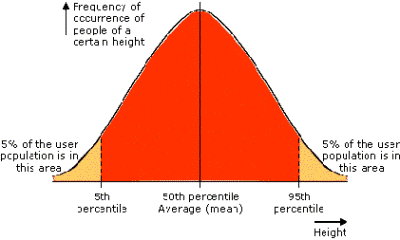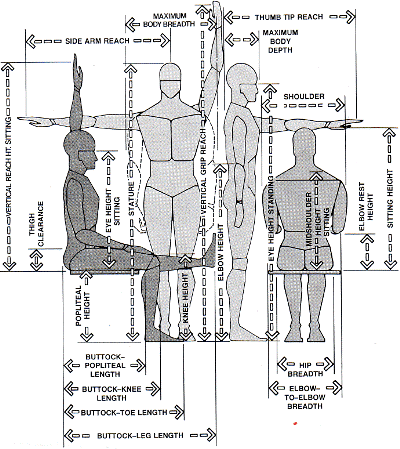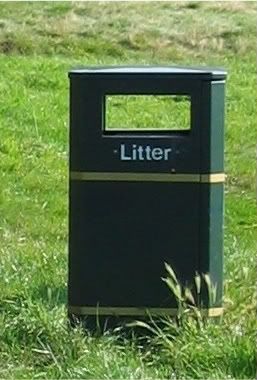I can't remember how I heard about Scentair. Someone must have written about it somewhere, I doubt I would have just googled "scent marketing" or "fragrance systems" or "aroma diffusion" because I have no idea what those things are. They sound quite good though.
Irritatingly for me, because of the way their website is built, I can't copy and paste huge chunks of text from the Scentair site as I would normally do at this point. I'd guess there aren't a huge amount of people who would want to copy and paste huge chunks of text from the Scentair websites to their pointless blogs, so it's probably not a major inconvenience on a global scale, but it's a bit annoying for me. It means I have to type stuff. I hate typing stuff. So, if I have to type particularly long paragraphs of text from the Scentair website, I might be forced to insert swear words into the text. Sorry about that.
Anyway, according to their About Us section:
Scentair is the global leader of scent marketing solutions. Our patented systems help enhance environments, communicate brands and create memorable experiences. We give our clients the tools to sculpt their own unique environment, completing their customers' experience by engaging memory and emotions through the sense of smell. Tits.I added that last word.
Anyway, basically, what they do is they install industrial scale Ambi-pur plug ins. But instead of just rubbish old "soft linen" or "aromatic wood", Scentair offer a much more impressive selection of fragrances:
FreshOK, yeah. They all sound nice. "Fresh Outdoors", "Vanilla Grapefruit", "Ocean Mist". Lovely.
Ocean
Fresh Air
Fresh linen
South Sea Island
Island Breeze
Ocean Mist
Sagebrush
Innocent
Vanilla Grapefruit
Lemon Balm
Fresh Outdoors
Coconut Beach
Lavender Vanilla
EnvironmentalAgain, they seem nice. "Orange Blossom", "Green Tea & Lemongrass", "French Vanilla". Mmmm.
Orange Blossom
Juniper Aloe
Herbal Mist
Green Tea & Lemongrass
Ocean
Tobacco Shop
Siberian Fir
Leather
French Vanilla
Redwood Forest
Sagebrush
Evergreen Forest
Floral"Autumn Mums"? That doesn't sound very nice.
Jasmine
Roses
Wildflower
Lavender
White Gardenia
Lilacs
Honeysuckle
Mimosa
Rose Garden
Herbal Mist
Summer Blossoms
Autumn Mums
Fragrant Magnolia
Food & DrinkOK, that sounds better. None of that "Autumn Mums" nonsense. I like how specific they're able to be as well. Birthday cake, not any other type of cake. Three different types of cookies. Don't cookies, and indeed most biscuits, smell more or less the same?
Birthday Cake
Sugar Cookie
Chocolate Chip Cookie
Gingerbread
Glazed donut
Waffle Cone
Cinnamon Buns
Hot Apple Pie
Cinnamon,
Oatmeal Raisin Cookie
French Bread
Fresh Brewed Coffee
Spiced Apple Cider
Hot Chocolate
Pink Lemonade
Mochaccino
Peppermint
HolidayOh god, I hope they mean Noël as in "the first Noël/the angels did say". I don't want to imagine what this smells like. Now SMELL THIS, Wealdon District Council.
Peppermint
Spiced Apple Cider
Chocolate
Gingerbread
Dark Chocolate
Holiday Nights
Winter Blue
Ice Show
Evergreen Forest
Noel
SimulationThey've just run out of ideas now, haven't they? "Musty"? Why would you want something to smell musty? And "Dinosaur Breath" I could just about accept, though how anyone knows what it smells like, I have no idea. I'd imagine dinosaurs have quite nice breath. Clifford managed to pull and he was a dragon, so surely a dinosaur's breath would be similar but just less smoky? Anyway, as I say, maybe I can accept "Dinosaur Breath", but surely, no-one wants to experience the smell of "Dinosaur Dung". Or "Skunk" for that matter. Skunks are only famous for one thing and that's for being proper stinkers. No-one wants that.
Engine Exhaust
Dinosaur Breath
Gunpowder
Musty
Earth
Fresh Cut Grass
Sulfurous Volcano
Burning Rubber
Diesel Exhaust
Oily Machinery
Dinosaur Dung
Skunk
Wood Fire















